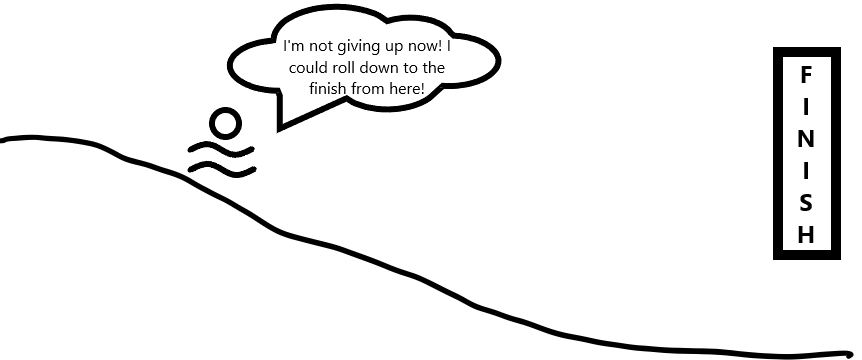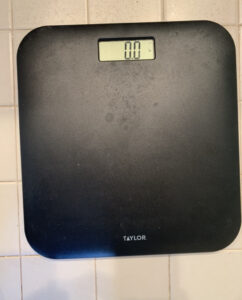Since I wrote about sugar last week, I thought it would only make sense to talk about salt next.
This one is the opposite of my issue with sugar – I don’t really salt my food and I’m not particularly fond of salty snacks. On the plus side, I live in the US, so everything comes already loaded with sodium, so chances of me needing more are on the low side.
On the other hand, I also manage to be a ‘salty sweater’. Whenever I hear that term, I get a mental image of myself wearing a sweater made of salt. You’re welcome for that ridiculous mental image 😜.

What are dangers of excess salt intake?
I think that by now, most of us are familiar with dangers of eating too much salty stuff in the long run: high blood pressure and heart disease. But that’s not all.
In one-off situations, you are more likely to retain excess water, leading to bloating and higher blood pressure. Oh, and let’s not forget about being thirsty like crazy. Your body wants to keep certain ratio of sodium to water and if you’ve consumed too much salt, it will demand that you fix it by drinking water.
Apparently if you keep going, you can overdose on salt! Yes, it would take insane amounts. But why try it? And some people have increased risk due to factors such as heart disease. Please stay safe and if in doubt, ask a doctor…
If you’d like to read more on the issue, I found this article to be quite informative.
What if I don’t eat enough salt?
Since we all have heard a lot about risks of consuming too much salt, many people restrict its intake drastically. But this is not entirely healthy, either. Here are some unintended harmful side effects:
- May increase insulin resistance
- Apparently study results vary in how much it helps with heart disease (go with what your doctor says!)
- Increased risk of death from heart failure
- May raise your bad cholesterol and triglycerides levels
- Increased risk of heart attack and stroke for people with diabetes
- Hyponatremia
Consideration for endurance athletes
As frequently is the case, endurance athletes are a completely different animal and need a special consideration. Since you swim/ bike/ run a lot, you have more salt to replenish as you sweat it all out. I have talked about it a bit in this past post about hydration. The fact is that you are likely to need a bit more than ‘recommended amount’ for people leading sedentary life style, although you need to make sure you don’t overindulge.
Things to factor in:
- How much you are training – longer distances will require more salt
- How hot and humid is it – both hot and humidity increase your need for electrolytes
- How long have you been training in heat – the better you are adjusted to working out in heat, the less salt you will lose.
Always pay attention to your body. You don’t want to risk excess levels of sodium in your body or deficiency thereof – neither will help you with your performance.
Take care and hopefully, we will be back to ‘good old days’ of training and competing in person soon!







